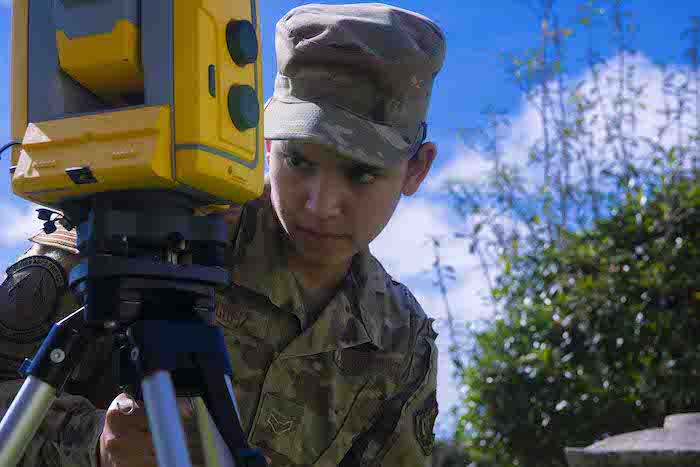As I said in the introduction, many of the GEOINT practitioners figure they know the definition of geospatial intelligence—it is what their agency says it is and it is what they do.
The United States National Geospatial-Intelligence Agency or NGA —as the name implies— is the primary government agency responsible in the US for geospatial intelligence. The NGA's mission is to "provide world-class geospatial-intelligence and lead the Global GEOINT Enterprise." The NGA defines GEOINT as:
"The exploitation and analysis of imagery and geospatial information to describe, assess, and visually depict physical features and geographically referenced activities on the Earth. GEOINT consists of imagery, imagery intelligence, and geospatial information." (National Geospatial-Intelligence Agency, n.d.)
But language is powerful, and words have different meanings to different people. If we are to think critically, we must go beyond accepting things at face value and do some analysis, synthesis, and evaluation to ultimately come to a judgment about the information. As we learn to apply critical approaches, you will find that a key question concerns power relationships. For example, as you research definitions of GEOINT, you will find that the NGA definition dominates. But why is that so? Why are alternative definitions not readily evident when you do a Google or other search? The answer may be that the NGA is a powerful government agency with lots of money and employees. The sheer size of their organization makes their definition dominant in the literature, media, and on the web. The NGA is also a part of the US Department of Defense and is both a national intelligence agency and a combat support agency. NGA's place in the government will naturally focus it on national security and military issues. As you analyze and evaluate the NGA definition, is it necessarily the last word? Are there other definitions? Are there other applications besides national security applications?

Required Reading
Geospatial Intelligence and the Geospatial Revolution
Reading the chapter "Geospatial Intelligence and the Geospatial Revolution" provides an expanded definition of geospatial intelligence and addresses several foundational principles of the discipline.
Registered students can access a PDF of the reading in Lesson 2 in Canvas.
Reference:
National Geospatial Intelligence Agency (n.d.). NGA's Mission. Retrieved October 3, 2023 from www.nga.mil/about/NGA_Strategy.html.